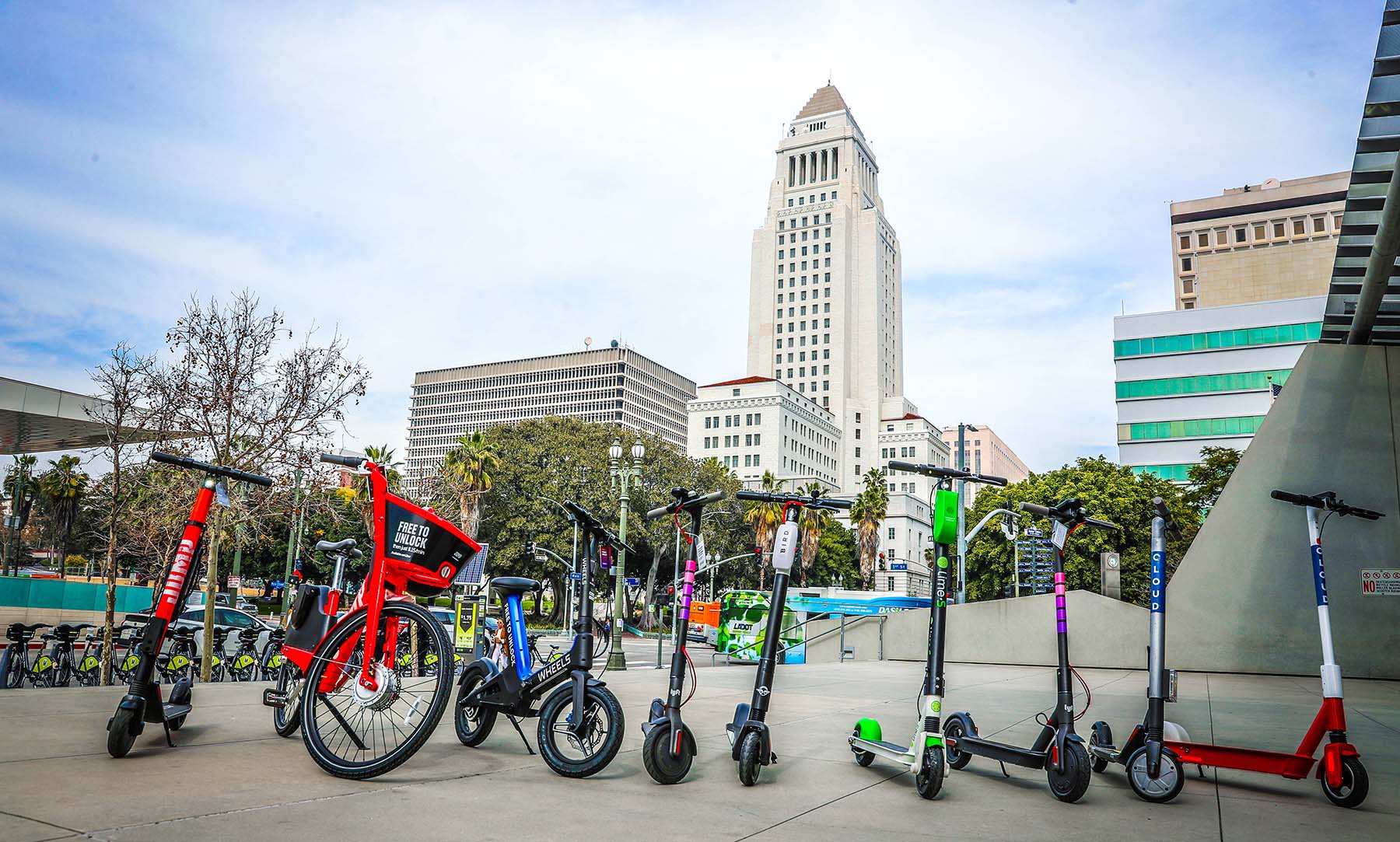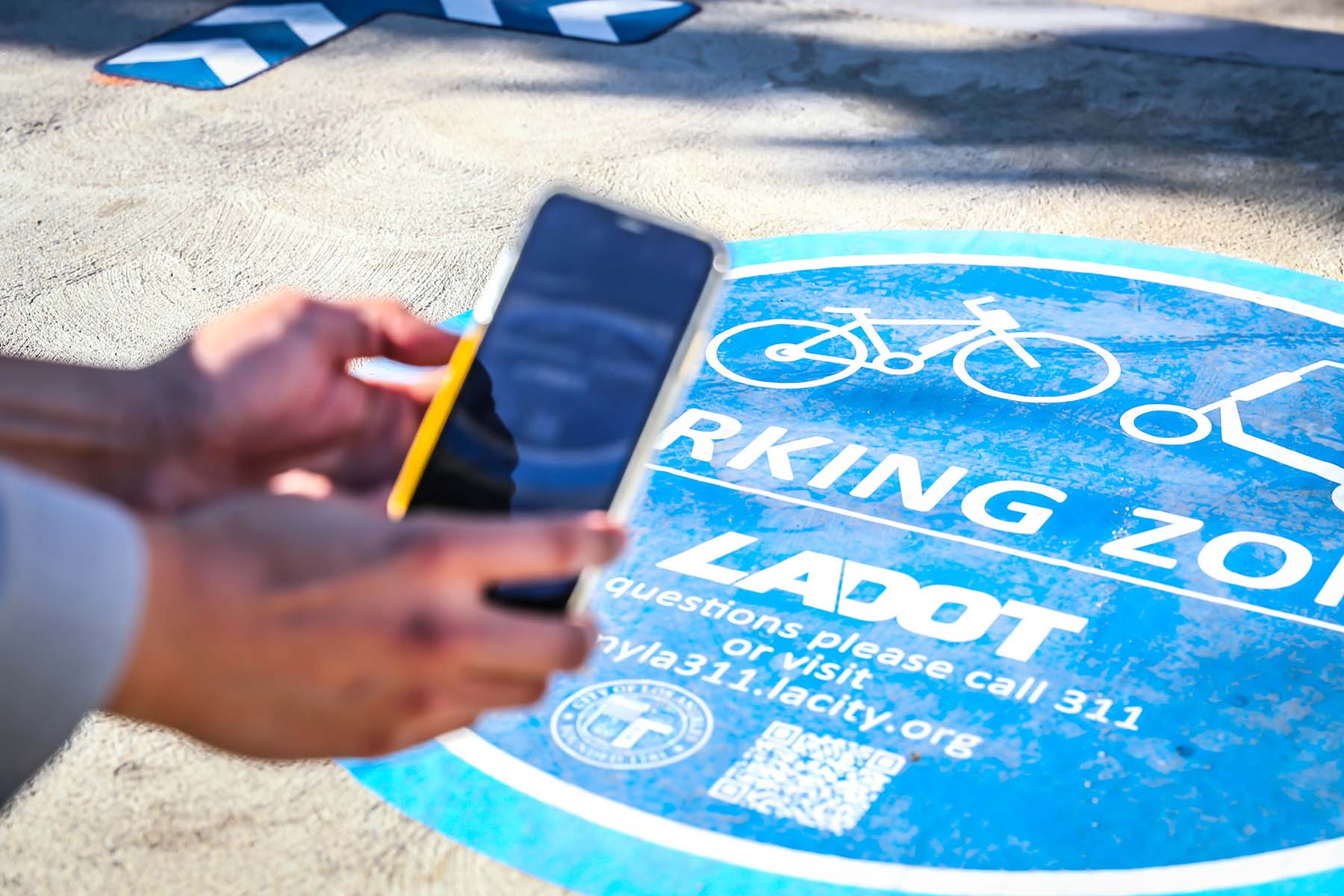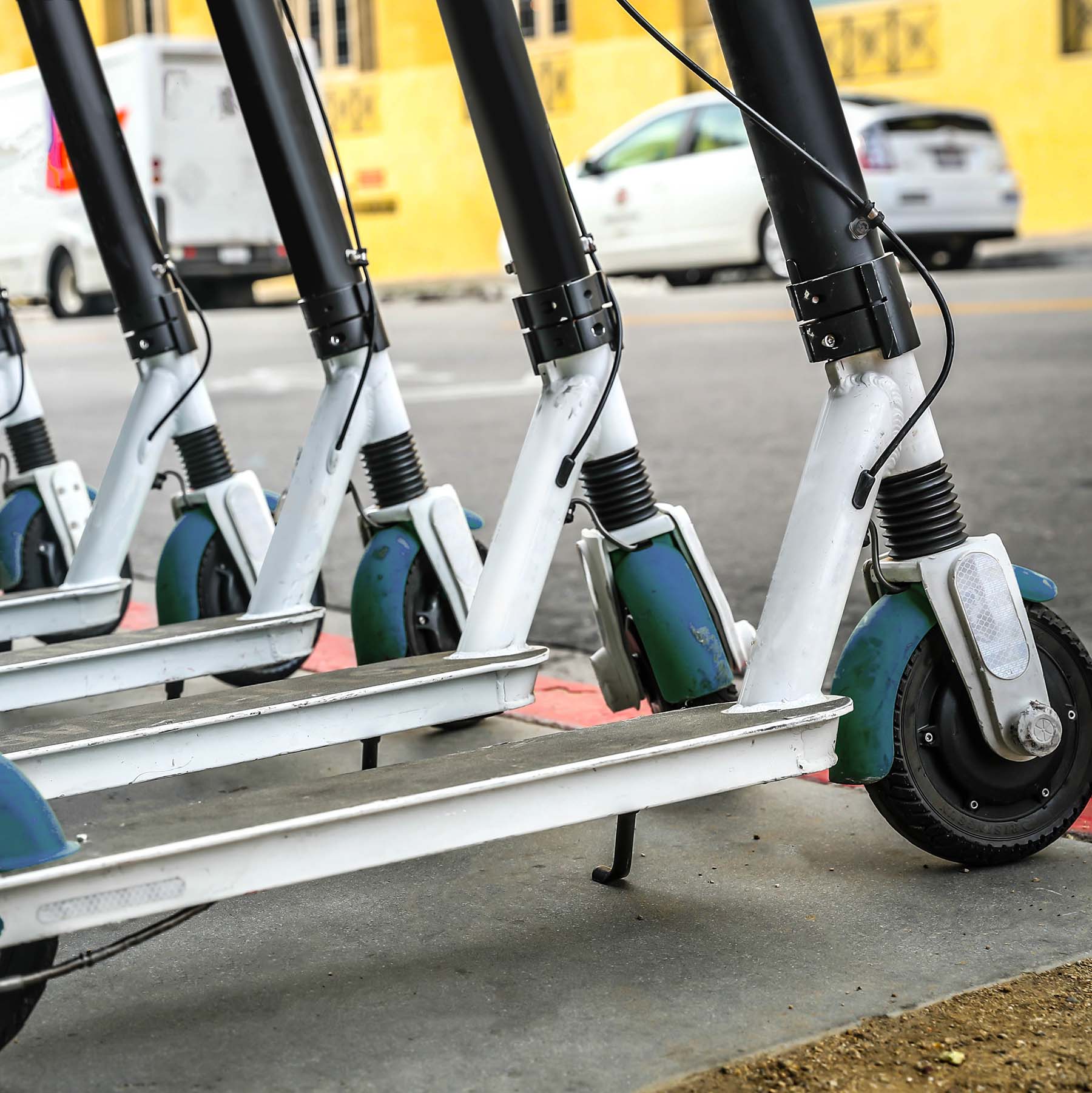
The Los Angeles Dockless Pilot program has allowed us to build the digital tools needed to manage the largest fleet of tech-managed micro-mobility devices in the country - more than 36,000 at peak levels of operation. Through this program, the City has been able to manage the public right of way to ensure equity, safety, and accessibility by requiring dockless companies to share data about their vehicles. This data has provided insights to guide our decision-making, promote best practices, and develop a real-life case study to inform permanent regulations for our city and others.
Significantly, thanks to this program we have a way to receive digital information from providers that we can trust and validate, share data from this program with the public - another key step in upholding our principles of transparency and accountability, while prioritizing privacy.

Our dockless pilot, scheduled to run through 2020, reached the one year mark in April. To engage the public in our analysis of how dockless vehicles operate on Los Angeles streets, we are releasing two important data sets through the Los Angeles Open Data Portal -- Monthly Dockless Trips Starts and Monthly Dockless Deployment:
- Monthly Dockless Trip Starts: This dataset contains an aggregate count of vehicle trip start locations by all dockless mobility companies grouped by census block group within the City of Los Angeles from April 15, 2019 - February 29, 2020. Data is aggregated over one month periods, with the exception of April 2019, where data is aggregated from April 15, 2019 (official start of the program) to April 30, 2020.
- Monthly Dockless Deployment: This dataset contains an average count of vehicle deployment locations by all dockless mobility companies grouped by month and census block group within the City of Los Angeles from April 15, 2019 - February 29, 2020. We have invested time and resources to ensure that we have strong privacy protections. No rider information is ever requested or received and multiple layers of protection have been built into our practices and policies to protect riders from surveillance. This includes surveillance from law enforcement, who needs a subpoena to access vehicle or trip data. Accordingly, all telemetry data was removed from the datasets released through the Open Data Portal, all trip information was aggregated as a monthly analysis, and any census tract with less than four rides in a month was removed from the analysis.
After analyzing the 8.5 million rides that were initiated citywide during the pilot, we can affirm that dockless mobility isn’t a trend -- it is a viable transportation option. The pilot revealed that most trips are used for commuting to and from work or school. This is good news for dockless companies -- and for our congested city that must harness the full spectrum of viable transportation options to ease gridlock, clean our air and improve people’s ability to earn a living by connecting them with career and education opportunities.
We worked with the consulting firm Nelson\Nygaard to develop a report on the pilot’s operations between April 2019 and March 2020. You can read the full LADOT Dockless Year One Report here.

The pilot’s data also reveals how much work we have yet to do, to meet goals of providing equal access to transportation options for all Angelenos.
Despite City policies and incentives, the pilot revealed that the majority of dockless vehicles - 60 percent - were deployed in the City’s more affluent communities. During peak deployment periods, the gaps were even larger with more affluent neighborhoods receiving deployment volumes some 90 percent greater than disadvantaged communities outside the San Fernando Valley, and 22 percent when compared to disadvantaged areas in the Valley. Notably, eighty-five percent of riders were also unaware of provider equity programs for low-income users. Thanks to the data we collected, the next phase of dockless operation in L.A. will seek to rectify these imbalances. An important step in this work is revealing where the gaps are, so we can allocate resources to areas with the highest need.
Check out the report. Check out the open data and talk to us about your insights. And stay tuned for further findings as our pilot proceeds.

